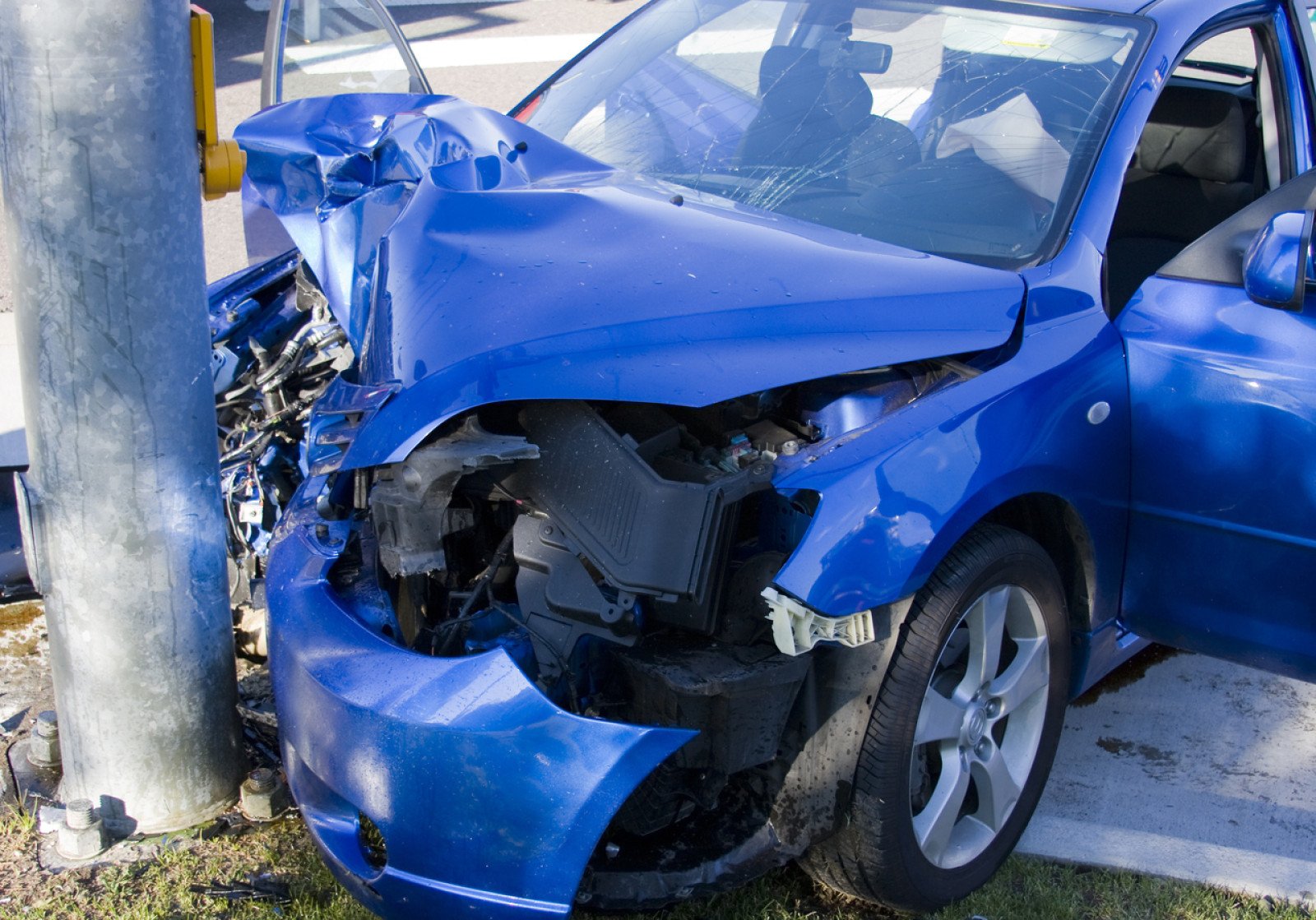Safety
What should you do in a car accident involving power lines?
Accidents happen. There are important things you should know to keep yourself and others safe.

Overview
Reinforce the rules for staying safe around fallen power lines by creating a flowchart. Practice how to jump and calmly shuffle away from a car in case you need to get out of a vehicle that is under or near a downed power line.
BC Hydro
Instructions
What you'll need
- Chart paper or board
Start thinking about safety
- Write the following True/False statements on the board. Have students guess the answers then compare with a partner:
- Power lines automatically stop transmitting electricity when they touch the ground. (F)
- Insulators do not conduct electricity. (T)
- It’s obvious when electricity is strong enough to harm you, because you can hear it. (F)
- Electricity can travel along the ground. (T)
- It’s safe to keep 5 metres away from a downed power line. (F)
- Reveal the correct answers and discuss which responses might seem logical, but aren’t correct.
Watch the video
- Show your class the video above. Ask them to name all the possible scenarios outlined, which include:
- You’re the driver in the accident and you can drive away.
- You’re the driver in the accident and you can’t drive away.
- You’re the driver in the accident and there’s another emergency (like a fire) and you have to get out of the car safely.
- You’re a witness to an accident.
- Show the video again to consider each scenario.
Reinforce the information
- Ask students to create a flowchart summarizing the safety procedures around downed power lines. On the board, show that the chart begins with the car accident then leads the reader through the various scenarios. Every scenario should end with a safe outcome.
- Have students switch flowcharts with a partner, follow their partner’s steps and provide feedback and make suggestions for improvement, if any.
- Now, practice jumping out and away from a vehicle, and shuffling away from the car. Have students estimate a distance of 10 metres (about the length of a bus), and measure how well they were able to gauge it.
Modify or extend this activity
Extensions
- Have the class consider the local community and beyond, and identify where there are overhead power lines to be aware of.
- Take the class outside, or into the hallway, and have them estimate how far 10 metres is, then use a metre stick to give them a visual reference of how far it really is.
Curriculum Fit
Grade 9 Science
Content
- Voltage, current, and resistance
Curricular competency
Applying and innovating
- Transfer and apply learning to new situations
Assessments
- Assess participation in the video discussion activity, including their willingness to contribute ideas and opinions to the discussion.
- Check that the flowcharts represent the correct safety steps shown in the video.
Teaching Notes
Electricity awareness
- Electricity is always trying to get to the ground and if something that conducts electricity gives it an easy path to the ground, it will take it.
- Electrical current can travel through people, along the ground and through water. If anything makes contact with a high voltage power line, or if a broken power line falls to the ground or lands on a vehicle, electricity will flow to the ground, then spread out in concentric circles like the ripples in a pool of water.
- Voltage is very high at the point where electricity makes contact with the ground. The level of intensity decreases as the distance increases from the point of contact. Zero voltage is approximately 10 metres from the point of contact.
- Electricity can "arc" or jump from power lines across a gap, to tools or ladders that you're using. Always maintain a safe distance from power lines: stay back at least three metres (10 feet) from any power lines near your home. That's about the length of a standard four-door car.
Electrical injuries
- Electrical contact can cause electric shock, which prevents a person from moving to disconnect from the electricity, and can cause serious internal injuries, burns or electrocution.
- Electrocution is the term used for a death caused by electrical contact.
Rules to stay safe
- Always assume that downed or damaged power lines are live, even if they’re not sparking or making any sound.
- If you come across a downed or damaged line, stay back at least 10 metres (the length of a bus) and dial 911 to report.
- Remember these three words: Down. Danger. Dial. If you see a downed power line, it is dangerous. Stay back and dial 911.






